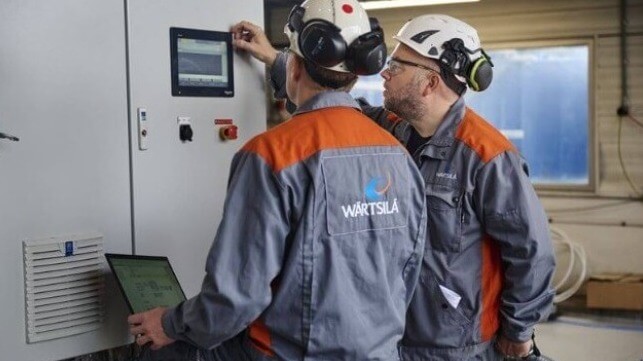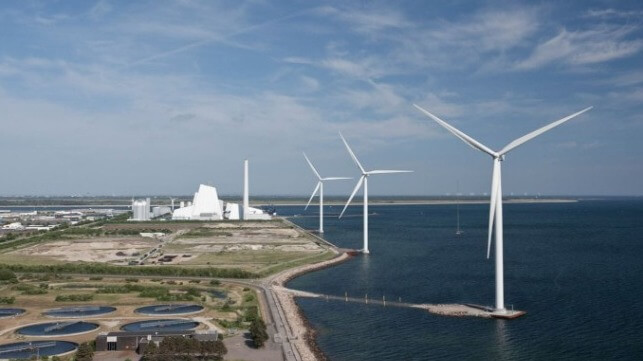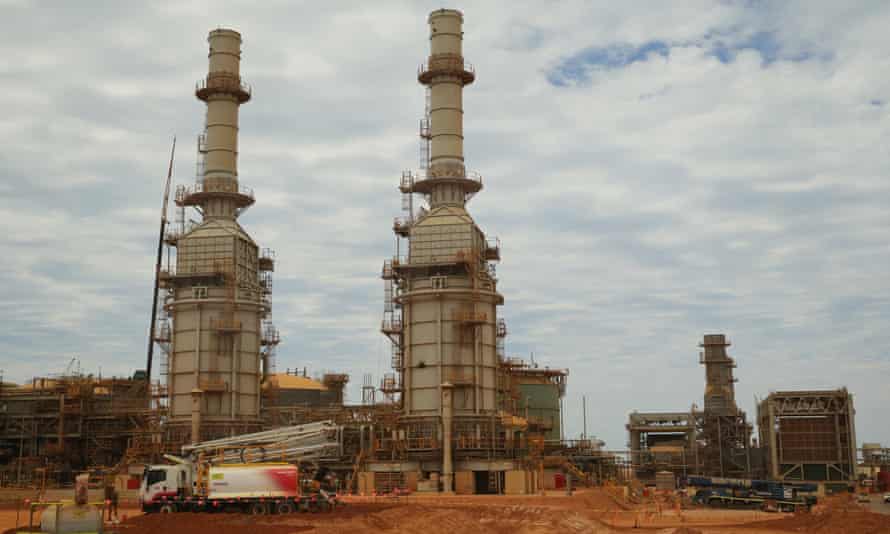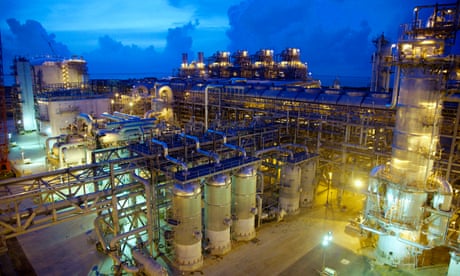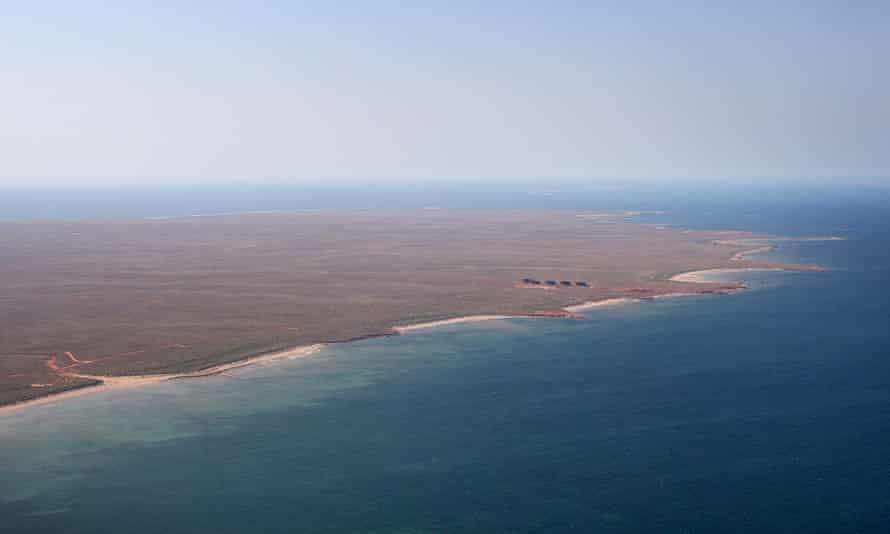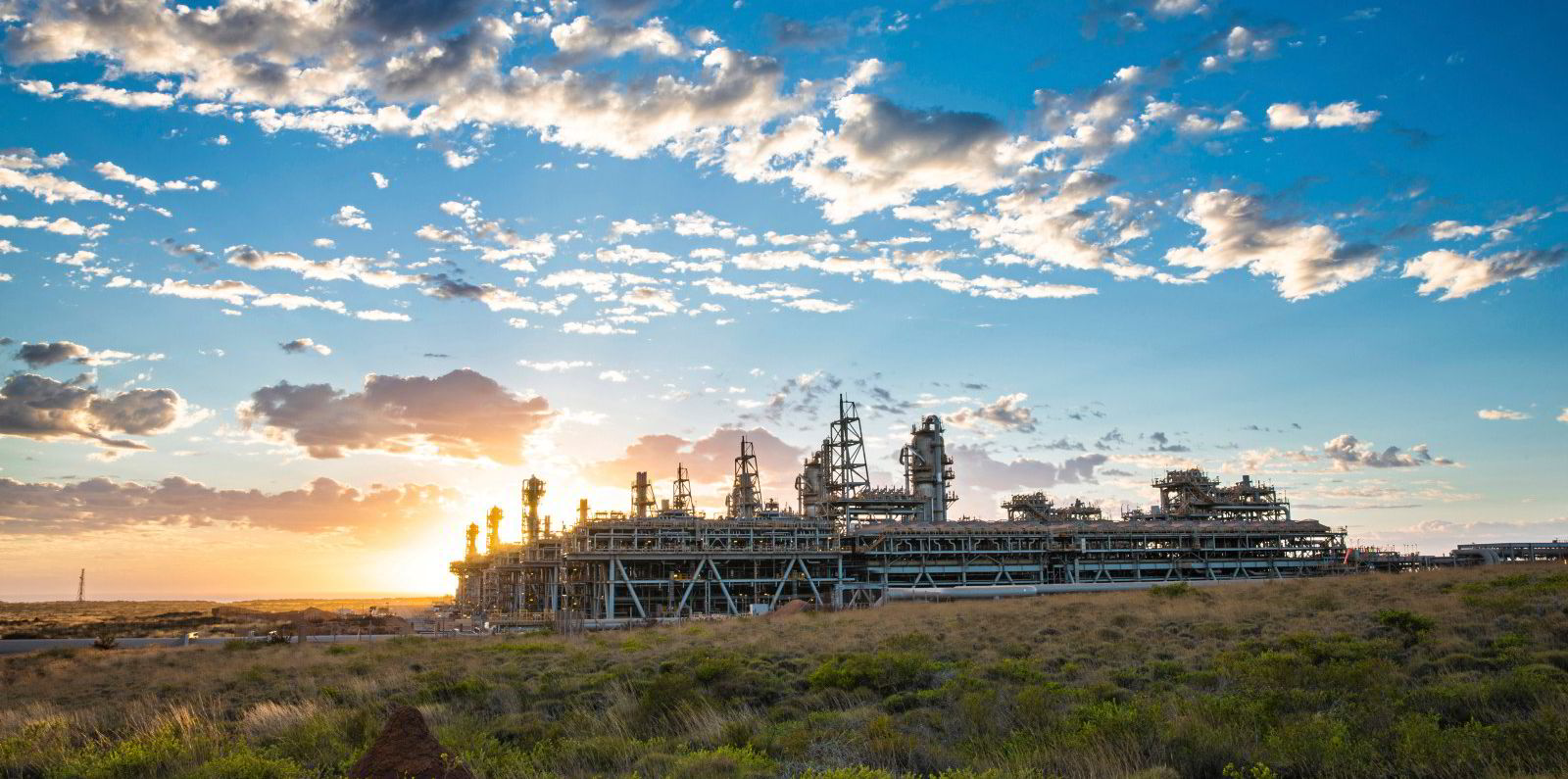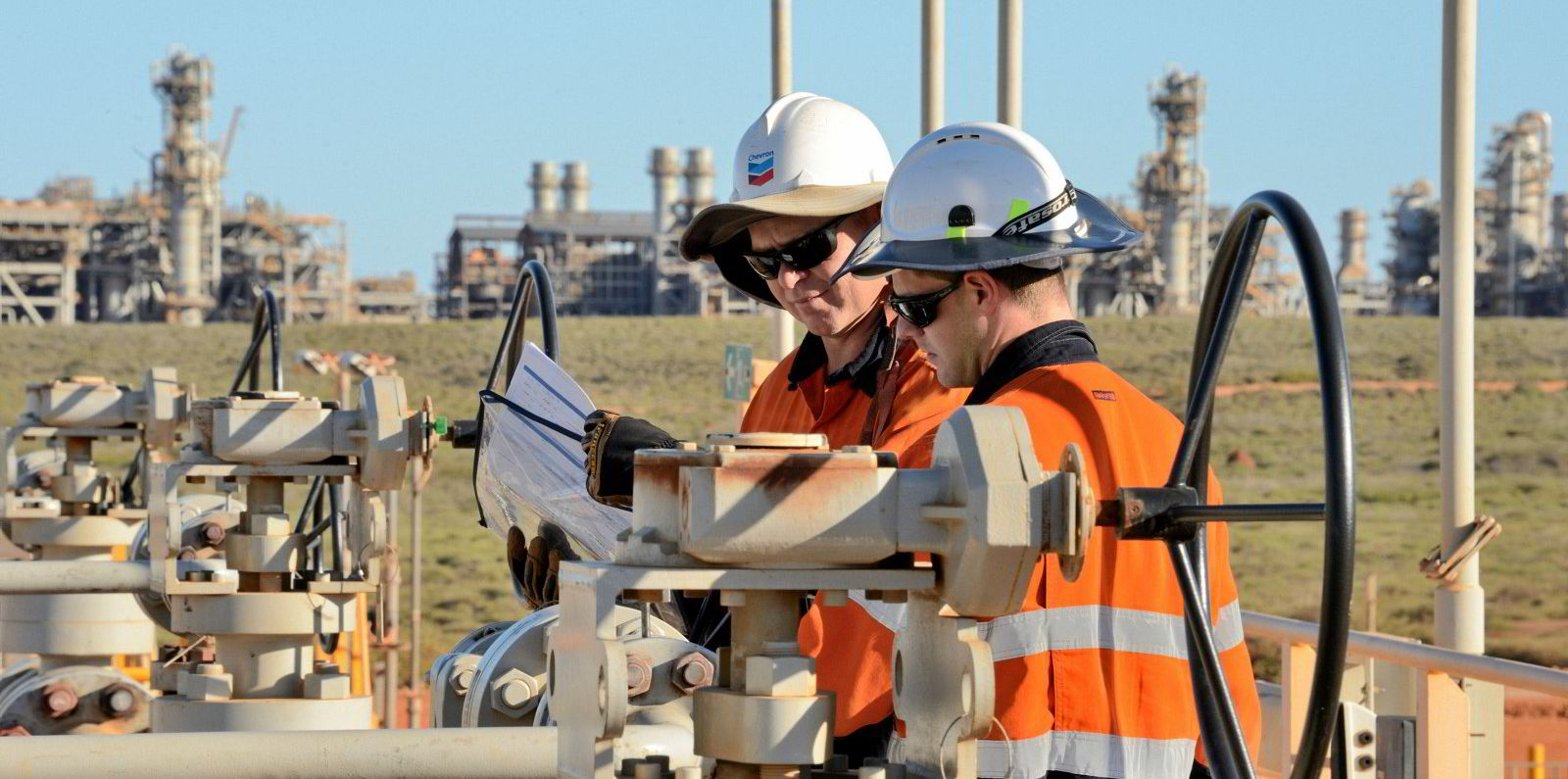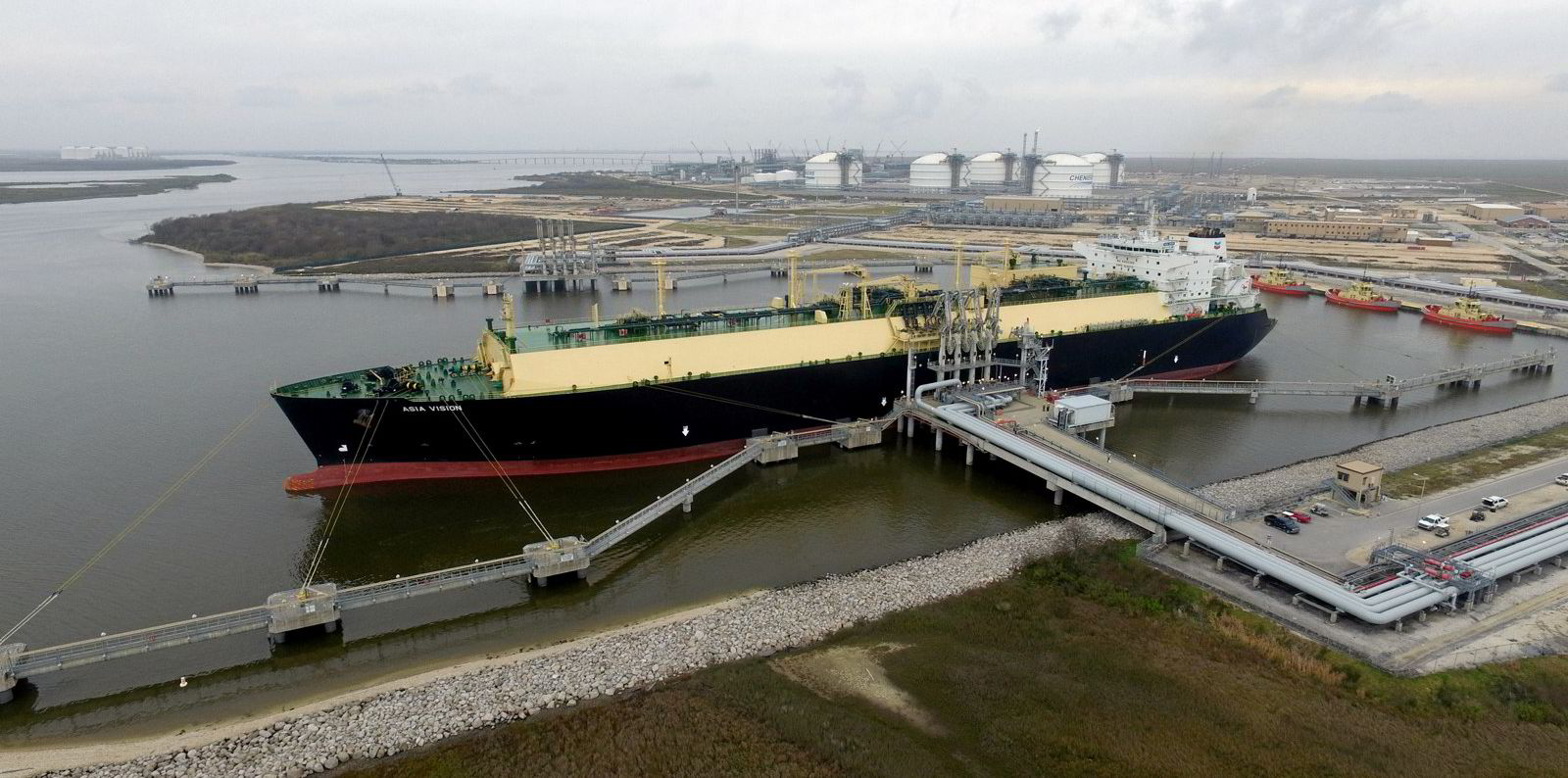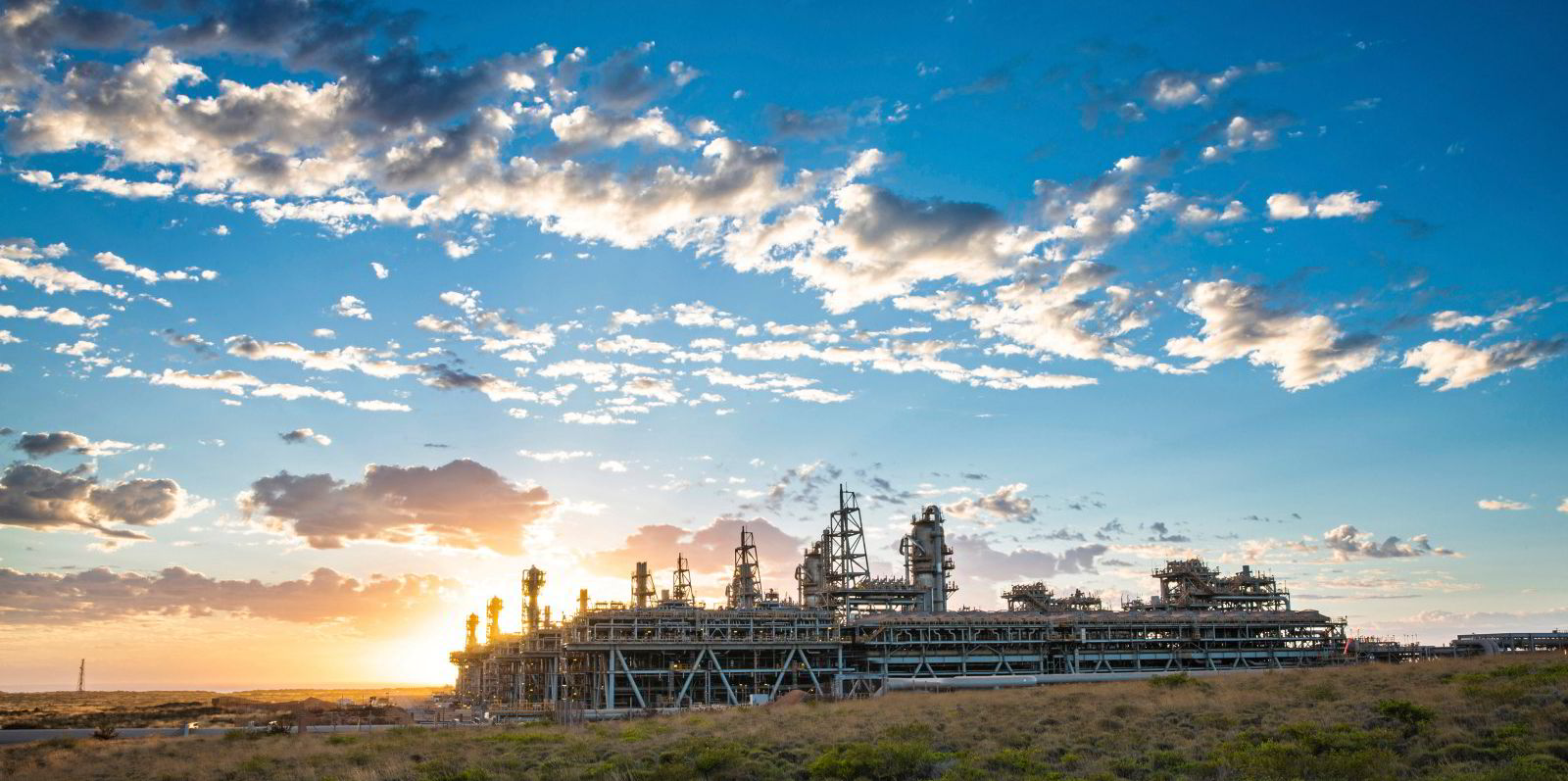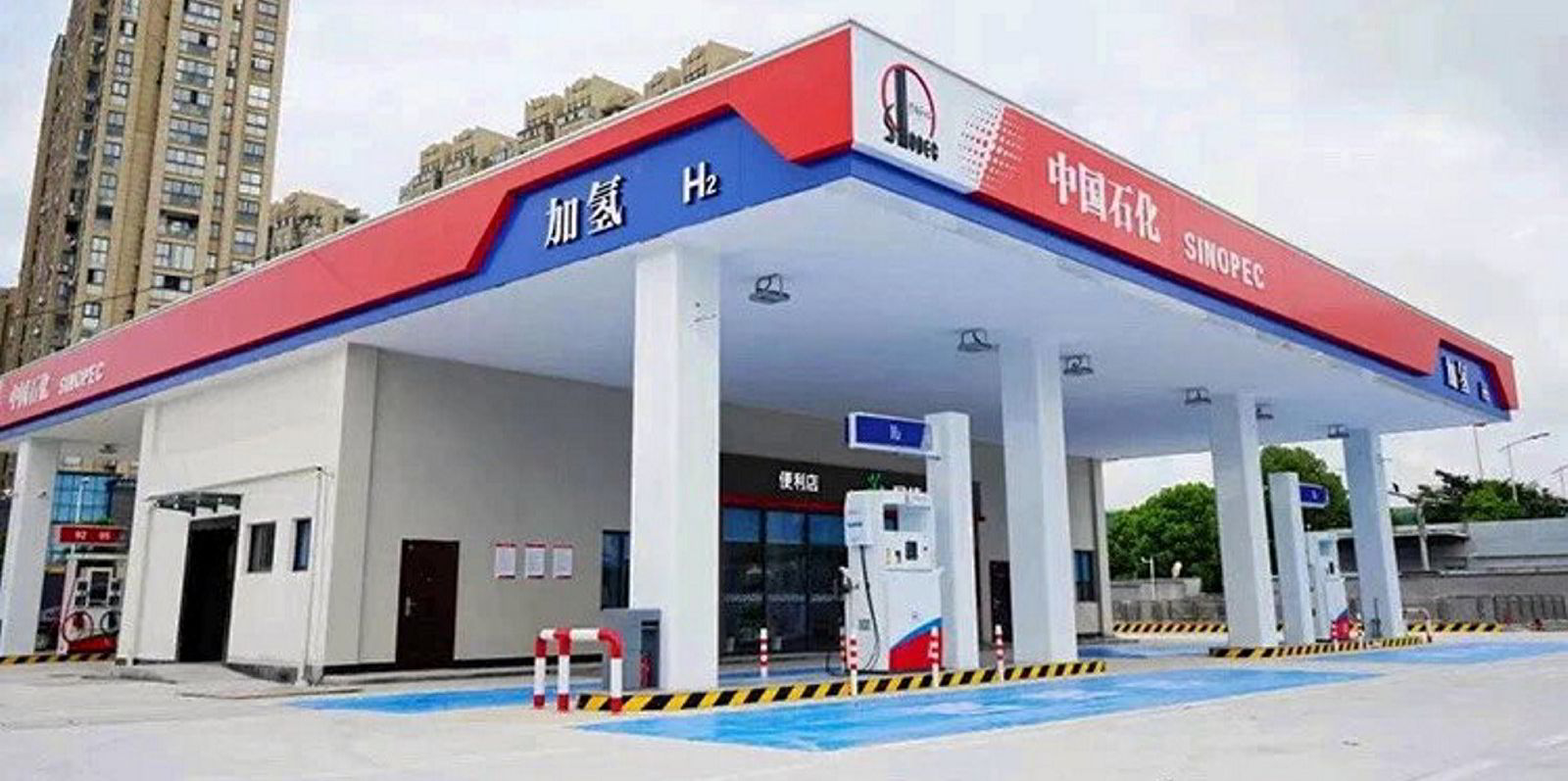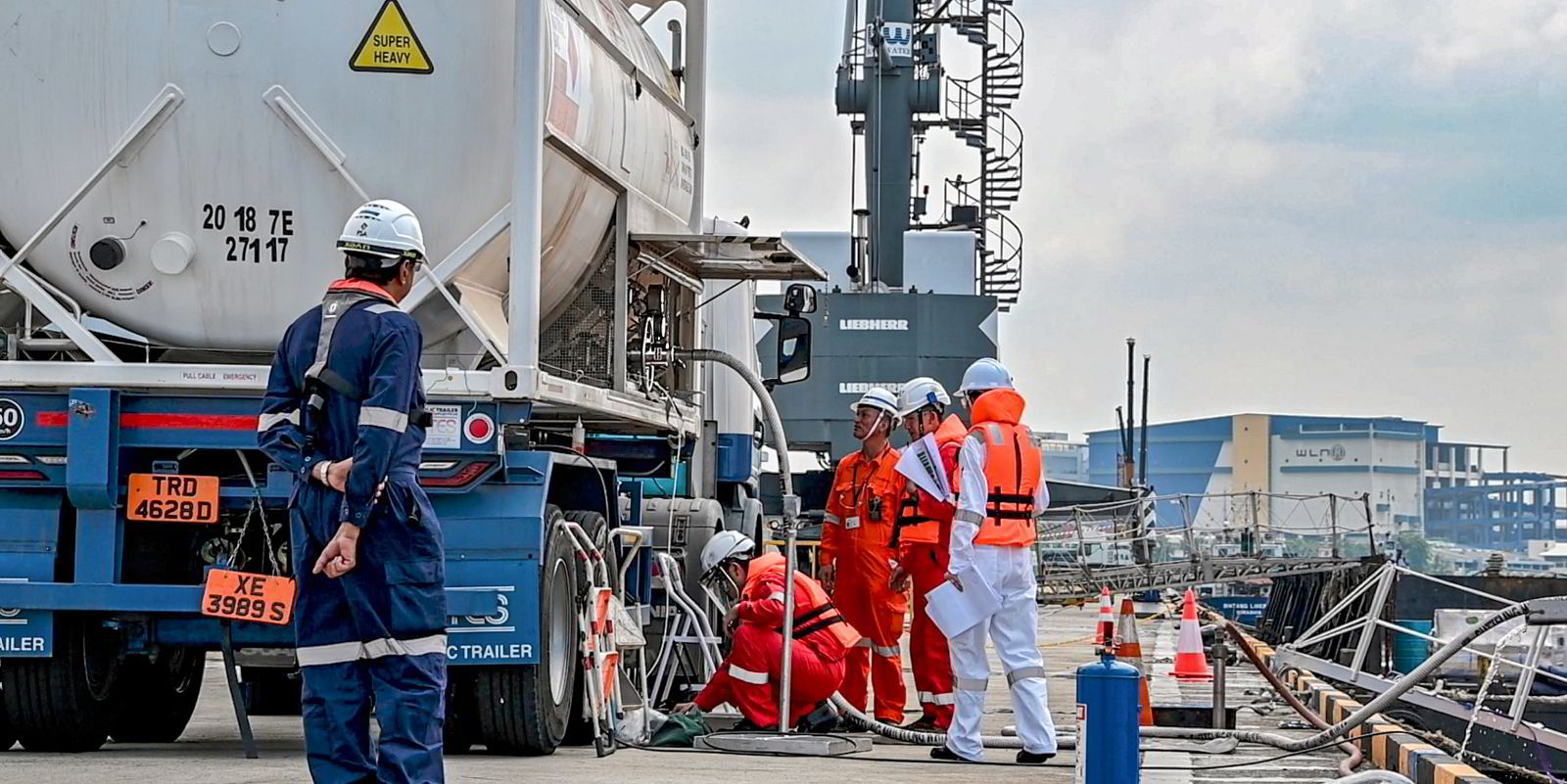Editor OilPrice.com
Sat, 20 April 2024
Hard-to-abate industries, particularly oil and gas, are racing to increase their carbon capture capacity as they strive to decarbonise operations. Despite being some of the biggest carbon emitters, many oil and gas majors are optimistic they can dramatically reduce their emissions by using carbon capture and storage (CCS) technology. This is, realistically, one of the few ways that oil and gas companies can reduce while keeping their fossil fuel output high. However, energy experts and environmentalists are now worried that Big Oil is becoming overly reliant on CCS tech instead of striving for meaningful change towards a green transition.
CCS technology has been around for years but has so far not succeeded in capturing carbon dioxide at the rate required to decarbonise large-scale hard-to-abate operations. Companies and governments worldwide have pumped huge quantities of funding into CCS in recent years in a bid to develop the technology required to effectively capture and store huge amounts of CO2 from industrial and oil and gas operations. However, scientists are still uncertain about whether today’s technology can capture the massive quantity of carbon emissions that many oil majors are promising.
The International Energy Agency (IEA) has deemed CCS technology as “critical” to achieving net-zero emissions around the globe. It is viewed as one of the few possible ways to decarbonise hard-to-abate industries that we continue to rely on until alternative production methods and materials are developed. The IEA also warned that it is not sustainable for oil and gas companies to mitigate major new fossil fuel projects simply by incorporating CCS tech into operations. Many oil majors have invested heavily in CCS tech to justify their ongoing exploration activities and huge oil and gas output, which is expected to continue for decades to come. But the IEA has repeatedly stated that this is at odds with a net-zero scenario by 2050.
CCS typically works by using chemical absorption to capture the CO2 emitted from a chimney at a facility. The emissions are then condensed into a liquid to be transported through a pipeline to be stored thousands of feet underground in depleted oil wells or geological formations. This process is anything but straightforward and rolling out CCS tech on a commercial scale is both complicated and expensive. According to the IEA, more than one billion metric tonnes of CO2 must be captured annually by 2030, which is over 20 times that captured in 2022. This figure rises to six billion tonnes in 2050, around 130 times more than in 2022.
Despite big promises, many companies are falling short of their carbon capture targets. To date, only five percent of announced CCS projects have reached a final investment decision, according to the IEA. There is still little evidence to suggest that CCS tech can be rolled out economically on a commercial scale.
Oil and gas companies have earmarked significant funds for CCS tech over the coming years, in the hope that will be able to continue pumping oil and gas for decades to come. Chevron expects to spend $10 billion on emissions-reducing technologies, while Exxon has pledged an investment of $20 billion. The projected total spending on CCS projects is around $241 billion globally by 2030. The U.S. and the U.K. are currently leading these efforts with investment pipelines of $85 billion and $45 billion, respectively, by 2030.
Many energy experts and environmentalists worry that the huge rush to fund CCS tech is a dangerous distraction. Oil and gas companies have been forced to accelerate their ESG efforts due to pressure from governments and international organisations, as well as high consumer expectations. However, most of these companies expect oil and gas production to continue to be their principal activity for the coming decades, meaning they need a quick way to decarbonise operations without cutting output. Without a proven track record, this could be a dangerous approach to decarbonising as, if CCS tech does not live up to expectations, it could have dire repercussions.
CCS technology is still extremely expensive, and it has a poor track record of working as effectively as anticipated.
By Felicity Bradstock for Oilprice.com
